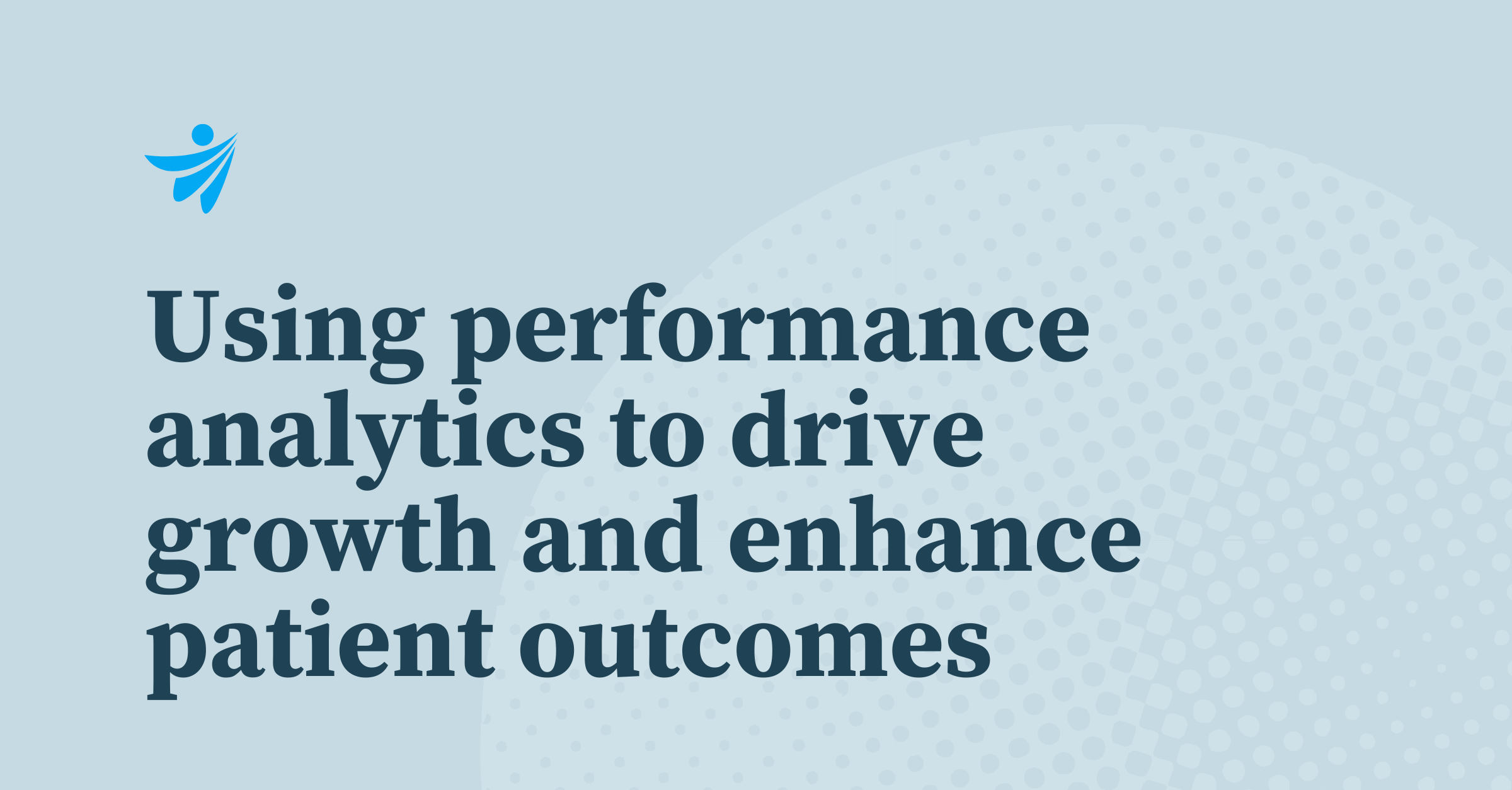
Insights for Providers
Jul 19, 2024
Quality | January 29, 2024
Care transitions are often critical periods where patients may be vulnerable to complications or relapses. Ensuring effective management of care transitions is not just a matter of patient convenience; it is pivotal to enhancing patient outcomes, improving population health, and reducing unnecessary medical spend. Poor care transition management can lead to fragmented healthcare delivery, often leading to increased patient readmissions, compromised health outcomes, and elevated costs. Strategically managing patient transitions between care settings can help optimize utilization and offer seamless care coordination for patients. Using data-driven insights, providers can enhance care quality and operational efficiency. By analyzing data related to patient journeys across various care settings, hospitals can pinpoint specific areas for improvement. Effective patient management can help reduce hospital readmission rates by ensuring that patients are adequately prepared for the next phase of their care, receive appropriate follow-up care, and have access to necessary support services. By leveraging predictive analytics, hospitals can identify patients at risk of readmission and provide targeted interventions to reduce costly and unnecessary readmissions. Hospitals that successfully reduce readmissions enhance the quality of care and avoid penalties under programs like the Hospital Readmissions Reduction Program (HRRP). Lower readmission rates free up hospital beds for new patients, optimizing resource utilization and directly impacting revenue. By streamlining processes and improving communication between healthcare providers, hospitals can optimize the use of resources, reduce unnecessary tests or procedures, and enhance overall operational efficiency. Insights from patient journey data can guide decision-making regarding allocating staff, beds, and equipment. Poorly managed care transitions can lead to medical errors, medication discrepancies, and other safety concerns. By actively managing transitions, hospitals can reduce the likelihood of adverse events, improve patient safety, and enhance overall healthcare quality. Many leading healthcare organizations already have quality improvement initiatives in place to continually assess and enhance care transition processes. Through these programs, they collect and analyze data related to readmission rates, patient satisfaction, and clinical outcomes to identify areas for improvement. Outcomes and readmissions data can reveal opportunities to improve training and protocols for patient communication, discharge planning, and post-discharge care coordination. These insights enable healthcare organizations to identify patterns in care delivery, patient outcomes, and cost and can be instrumental in creating seamless care transitions for patients. Effective care transitions necessitate seamless collaboration with a network of care providers — including primary care physicians, rehabilitation centers, and home health agencies. By fostering strong partnerships across the continuum of care, health systems can protect patient volume while ensuring well-coordinated, high-value care. Ensuring effective management of care transitions is essential for healthcare providers looking to safeguard their financial sustainability and improve patient outcomes. Data analytics play a crucial role in improving patient care transitions by providing insights, identifying patterns, and supporting informed decision-making. By harnessing the power of patient journey data, healthcare organizations can make more informed decisions, tailor interventions to individual patient needs, and continuously improve the effectiveness of care transitions.Using data to identify opportunities to improve care transitions
Reducing readmissions:
Optimizing resource allocation:
Customizing programs for patient safety and care quality:
Keeping patients in network:
Well-managed care transitions drive better outcomes and savings